Wondermondo 🢖 World 🢖 Wonders of Asia 🢖 Wonders of South Korea
Territory
Wonders of South Korea
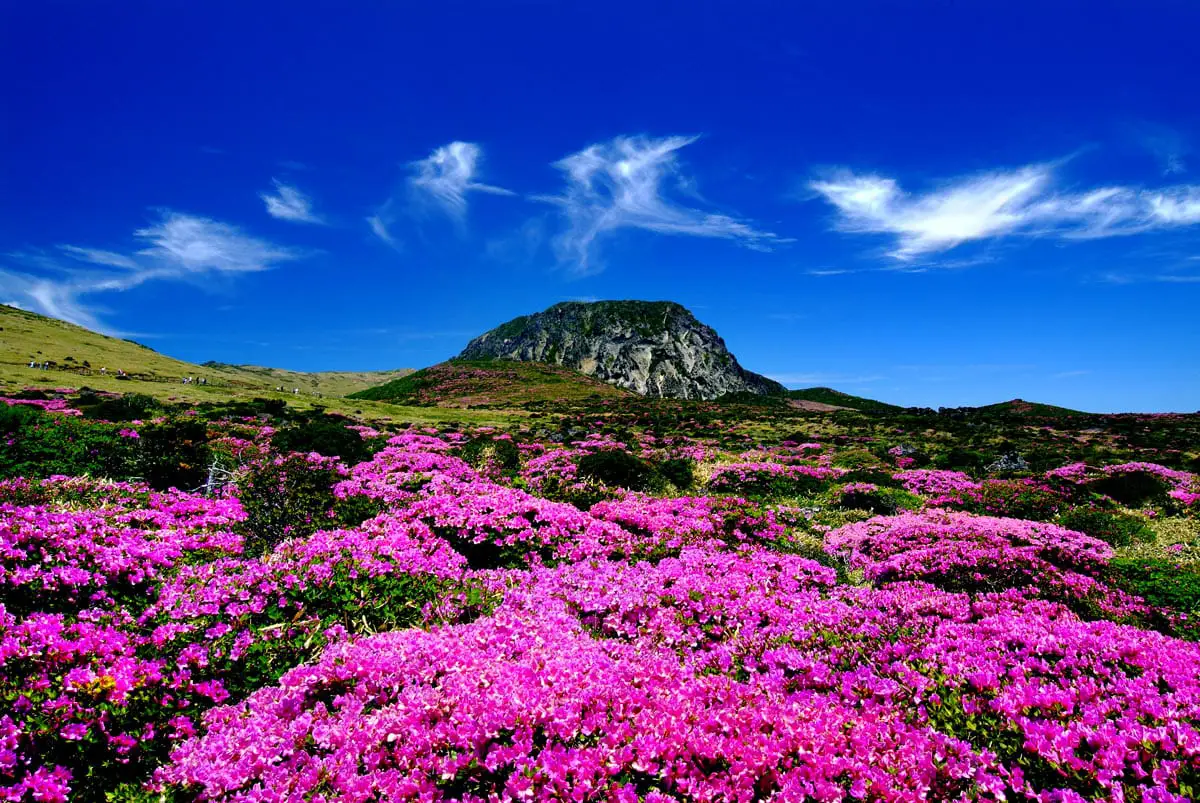
 Highlights
Highlights
The rich and distinct culture of Korea has created countless amazing landmarks. Yes, South Korea has beautiful natural landmarks, but the extremely rich man-made heritage leaves them in shadow. The most interesting landmarks of South Korea are:
- Buddhist temples – many temples in South Korea resemble small towns with numerous very ornate buildings and countless treasures inside.
- Traditional villages – in the country are found several villages which seem to be brought by time machine from 500 – 600 years old past.
- Megalithic monuments – major part of world’s megalithic monuments are found in North and South Korea.
Map with the described wonders
If you see this after your page is loaded completely, leafletJS files are missing.
 Top 25 wonders of South Korea
Top 25 wonders of South Korea
Geological wonders
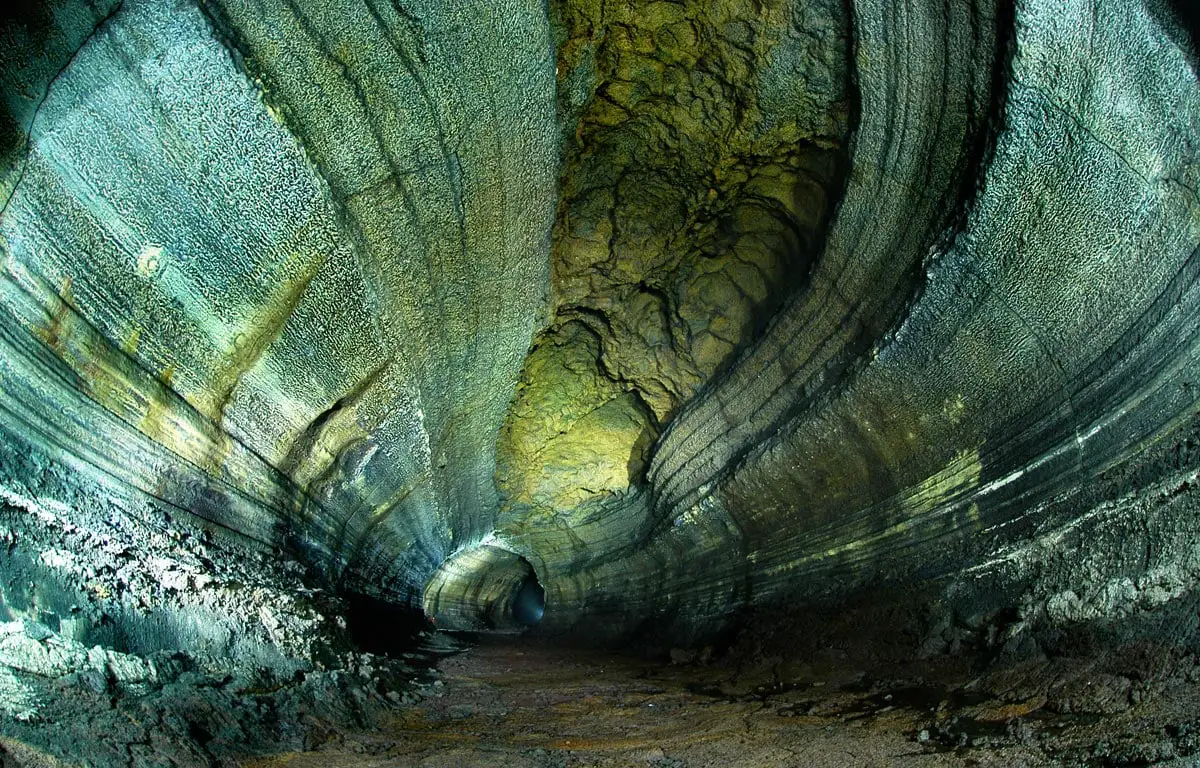
Biological wonders
Mount Hallasan nutmeg grove (Bijarim Forest)
Jeju
The only grove of Torreya nucifera trees – beautiful conifers, mostly old and large trees. Here grow many rare and endemic plants. Here is located also the oldest nutmeg tree, more than 800 years old.
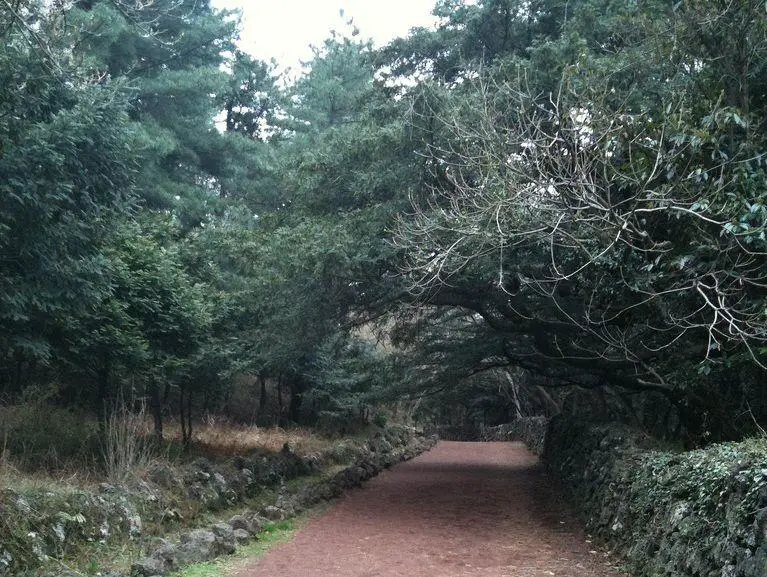
Archaeological wonders
Cheonmachong
North Gyeongsang
One of the Royal tombs of Gyeongju – a large tumulus that was built in the 5th or 6th century AD. This 12.7 m tall artificial hill has a wood-lined passage in it. 11,500 artifacts have been recovered from this tomb. The tomb contained an interesting drawing of the so-called “Korean Pegasus” – a horse with eight legs.
Samnyeon sanseong
North Chungcheong
Ruins of an enormous mountain fortress that was constructed in 470 – 473 AD. The measured length of the walls is 1,680 – 1880 m and they were 13 – 20 m tall.
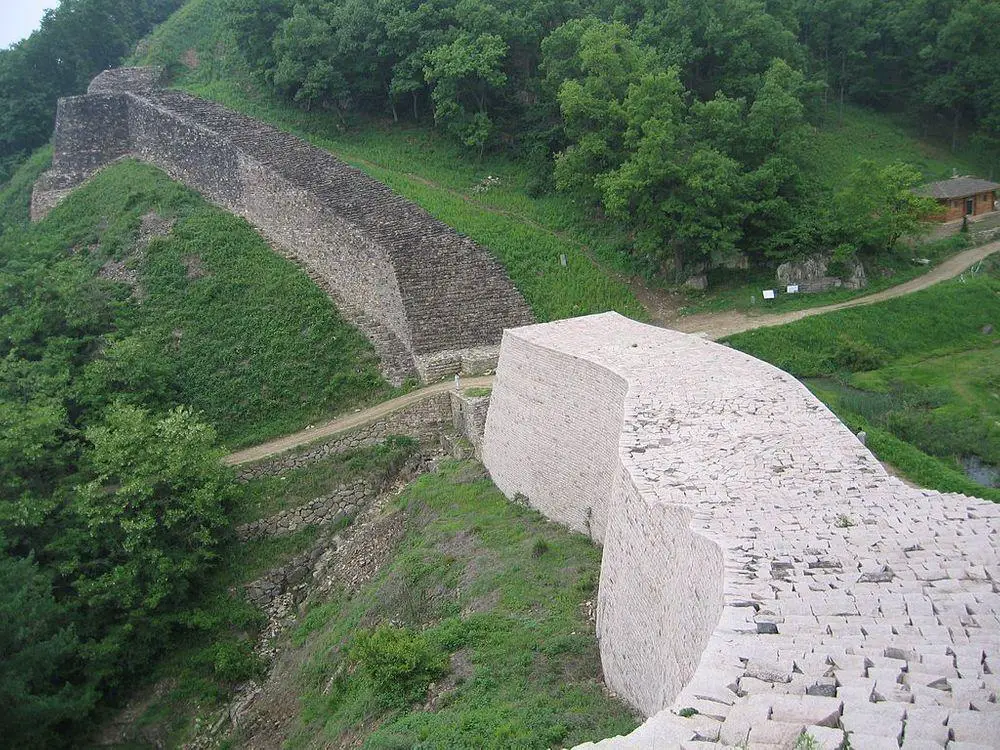
Tomb of King Muryeong
South Chungcheong
Burial of the ruler of Baekje Kingdom in 501 – 523 AD. This tomb was found intact and has been one of the most interesting archaeological discoveries in the history of South Korea.
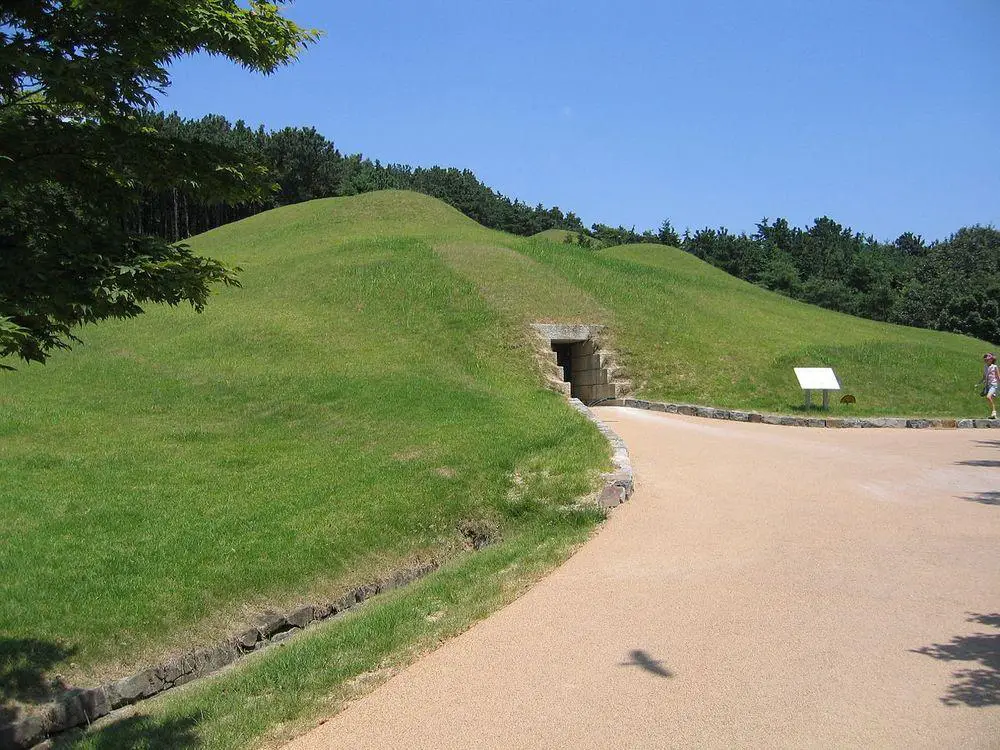
Architecture wonders
Gyeongbokgung
Seoul
A royal palace complex, first built in 1395 and rebuilt in 1867, when 330 buildings with 5,792 rooms were constructed. One of the symbols of Korea. Currently, the complex is undergoing reconstruction.
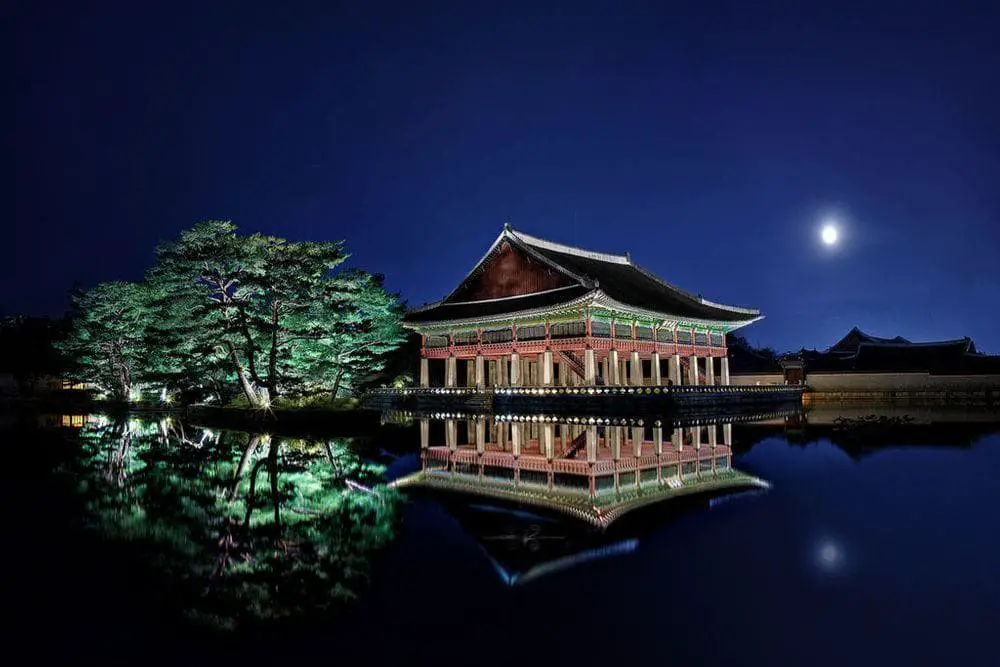
Changdeokgung
Seoul
The royal palace complex of the Joseon Dynasty, an outstanding achievement of Korean architecture. The palace complex was built in 1405 – 1412 and currently, there are 13 buildings and gardens with 28 pavilions. The complex has free planning that is in a harmony with the hilly relief and nature.
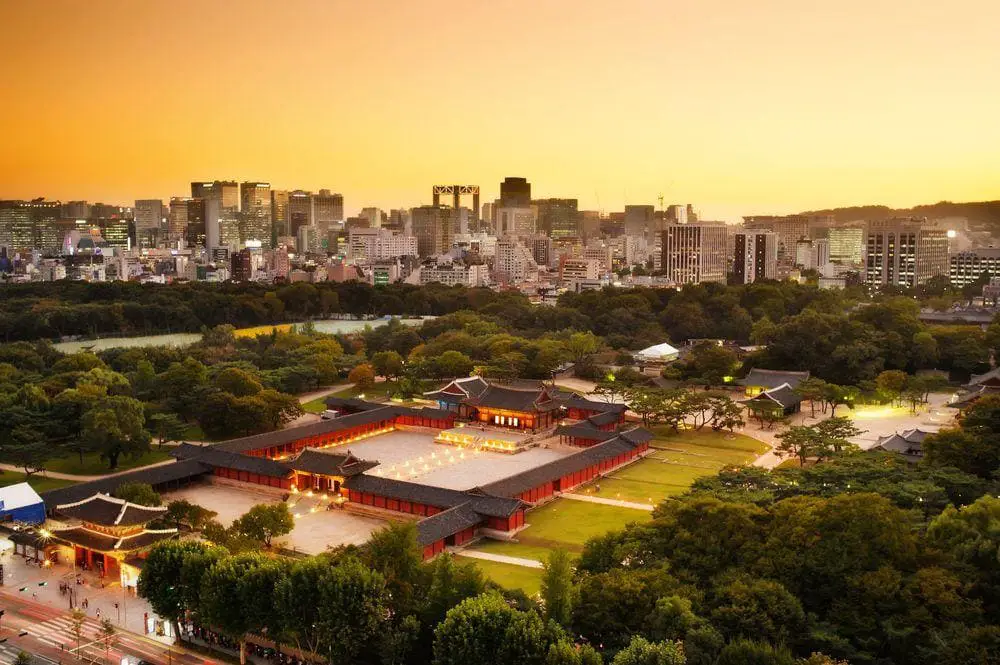
Jongmyo
Seoul
The oldest royal Confucian shrine with ancient traditions preserved since the 14th century. The main structure was built in 1394 (rebuilt after a fire in 1608) when Seoul became the capital. The main building is 95 m long.
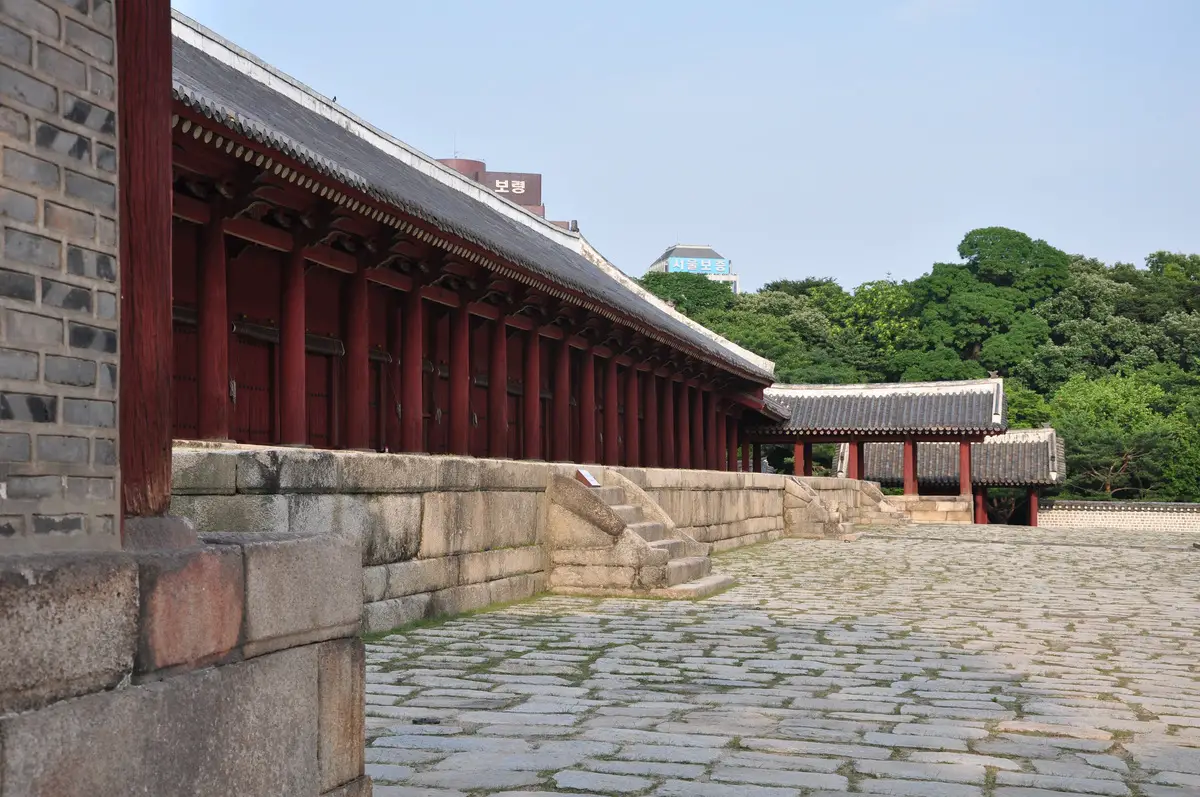
Bulguksa
North Gyeongsang
Temple complex with outstanding relics and monuments of architecture, such as Dabotap pagoda (751 AD?) and Seokgatap pagoda (also 751 AD?) with treasures under it.
Tongdosa
South Gyeongsang
This is the largest Buddhist temple complex in Korea, established in 646 AD. Today it consists of 65 buildings. The temple candle has been burning without interruption for the last 1300 years.
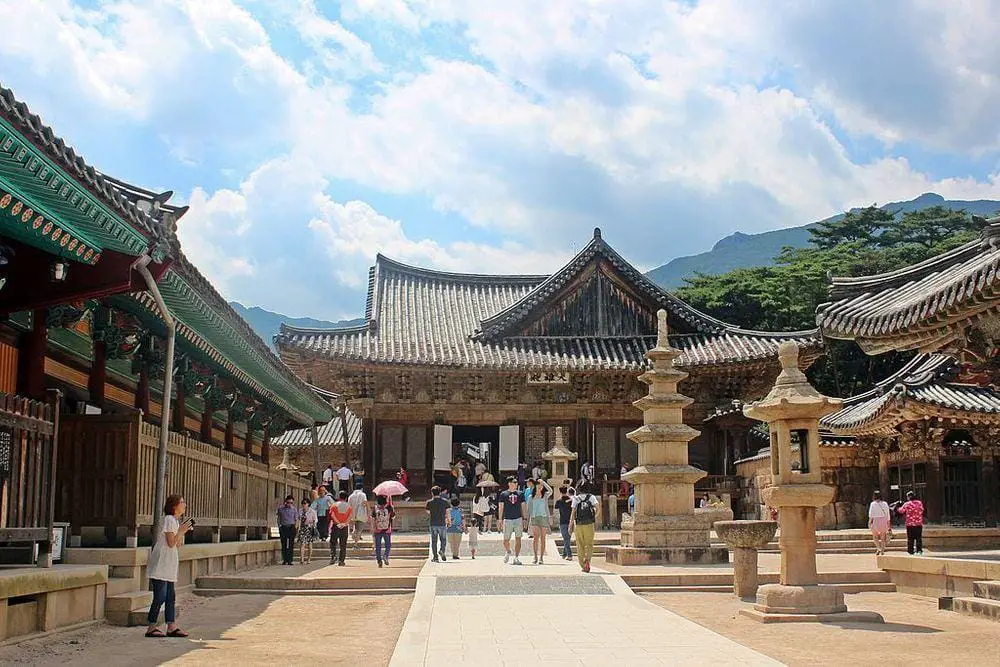
Yangdong Folk Village
North Gyeongsang
A very well preserved traditional village that was founded in the 15th century. A group of more than 160 traditional houses in dense forest, with local people still practicing traditions of the old.
Beomeosa
Busan
The main temple of Jogye Buddhist Order. Originally built in 678 AD, burned to the ground in 1592. Rebuilt in 1613 and contains many treasures of art.
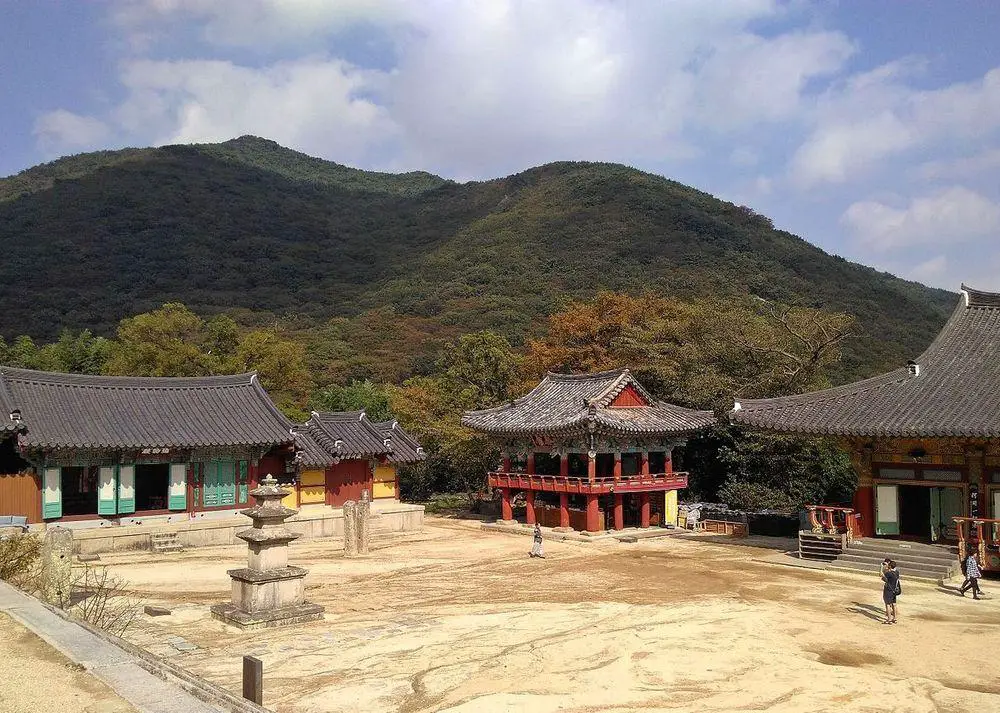
Gyeongju
North Gyeongsang
The former capital of the Silla Kingdom. In the city are located numerous monuments of architecture and history and it is nicknamed “the museum without walls”.
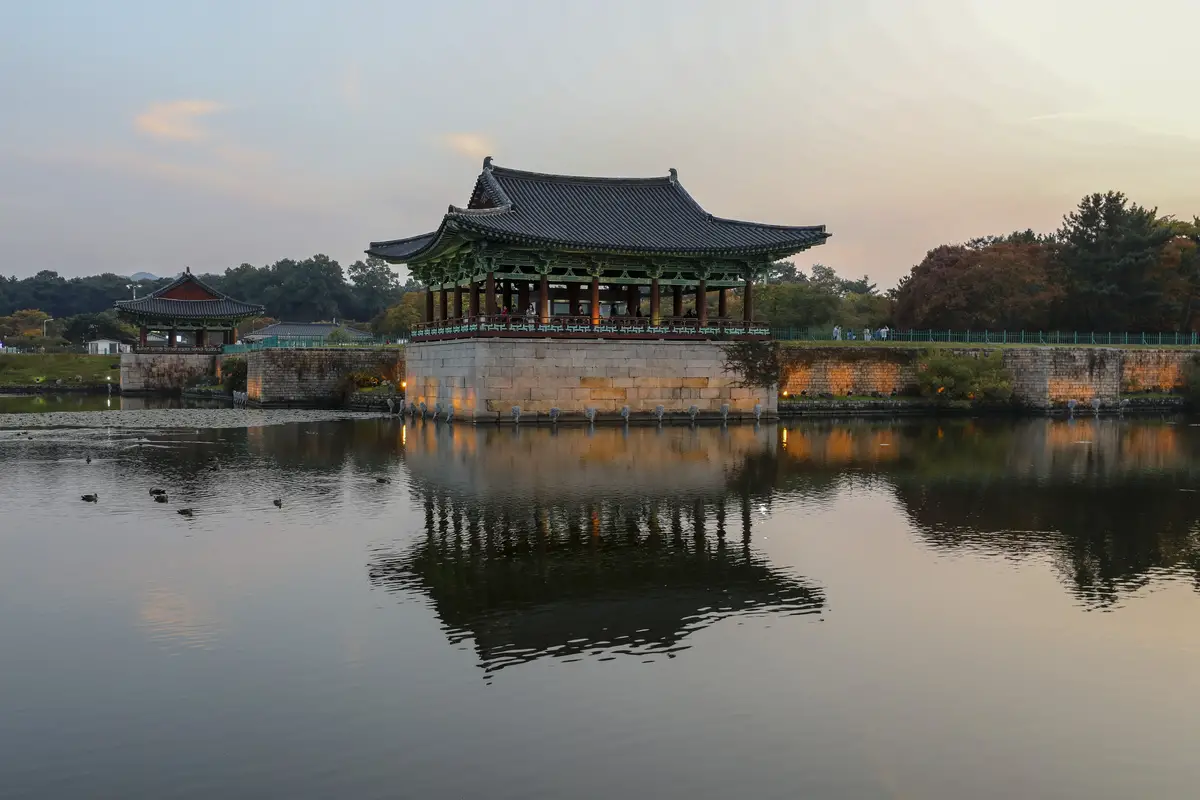
Naganeupseong
South Jeolla
Late medieval village and castle. This village is a planned settlement that was built for administrative purposes and has a well-kept architecture and traditions. 231 traditional houses have been preserved. The village is surrounded by walls.
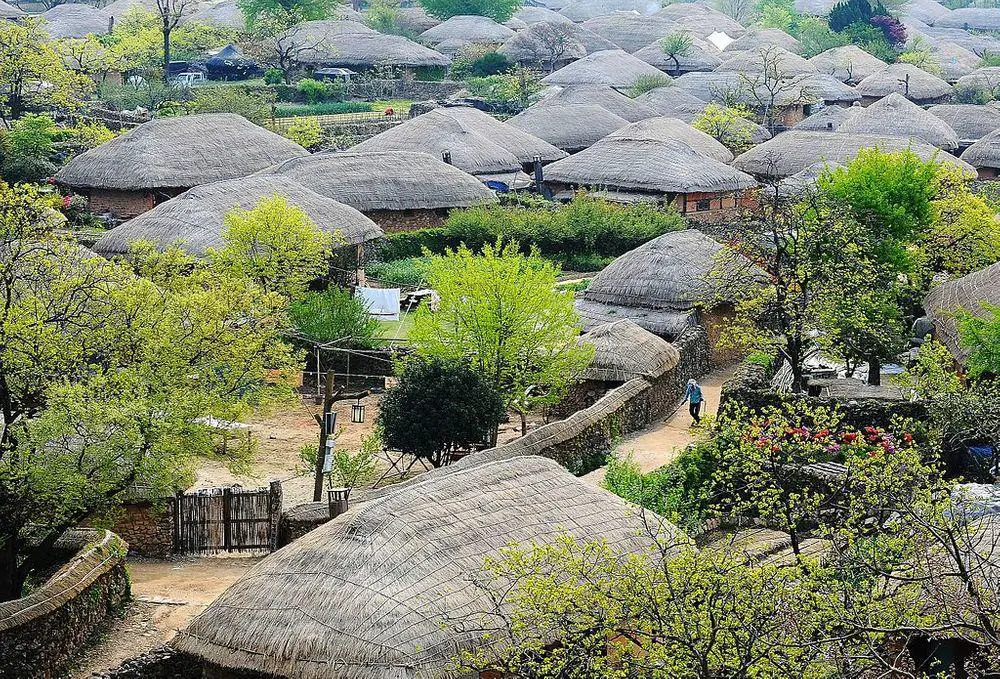
Hwaeomsa
South Jeolla
An ancient temple, founded in 544 AD and rebuilt in the early 17th century. Temple contains important treasures of art and history. An important structure is the ornate Gakhwangjeon Hall that was constructed in 1699 – 1702.
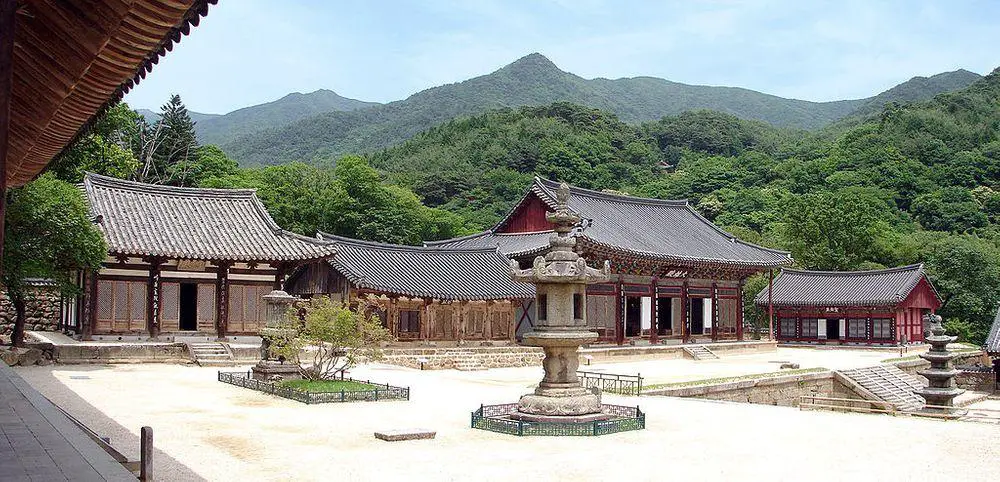
Seokguram cave temple
North Gyeongsang
This rock-cut temple is located near Bulguksa and contains some of the best Buddhist sculptures in the world. Temple was made in 742 – 774. Especially impressive is the 3.5 m tall statue of Buddha.
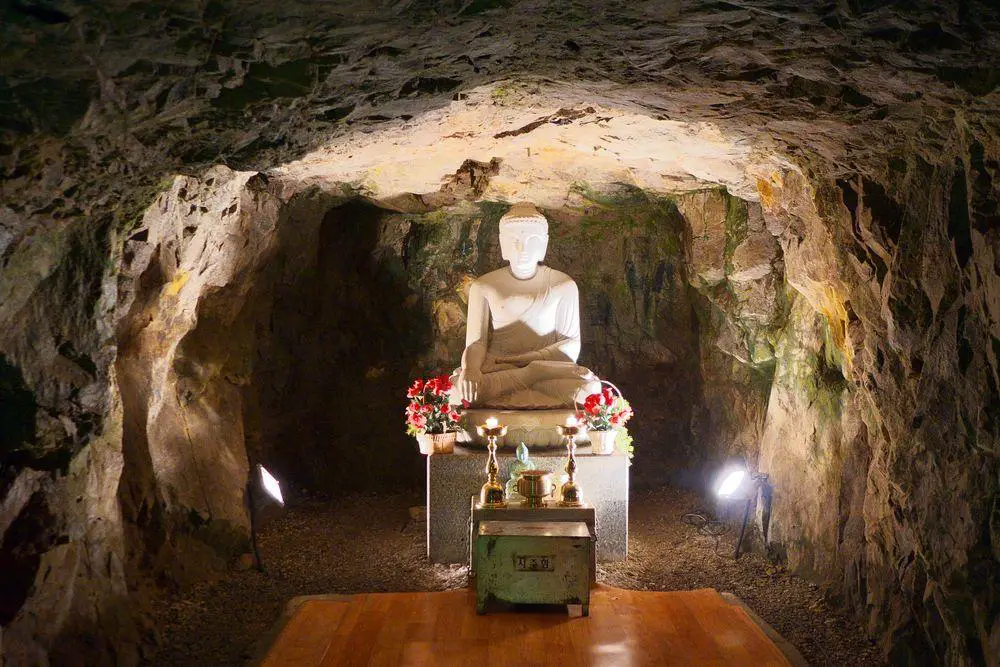
Seonamsa
South Jeolla
Beautiful mountain temple with some 20 historical buildings. According to local legends, the temple was founded in 529 AD. Temple contains many outstanding treasures, current buildings were built mostly in the 17th century. On temple grounds is an old tea plantation with 300 – 400 years old tea plants.
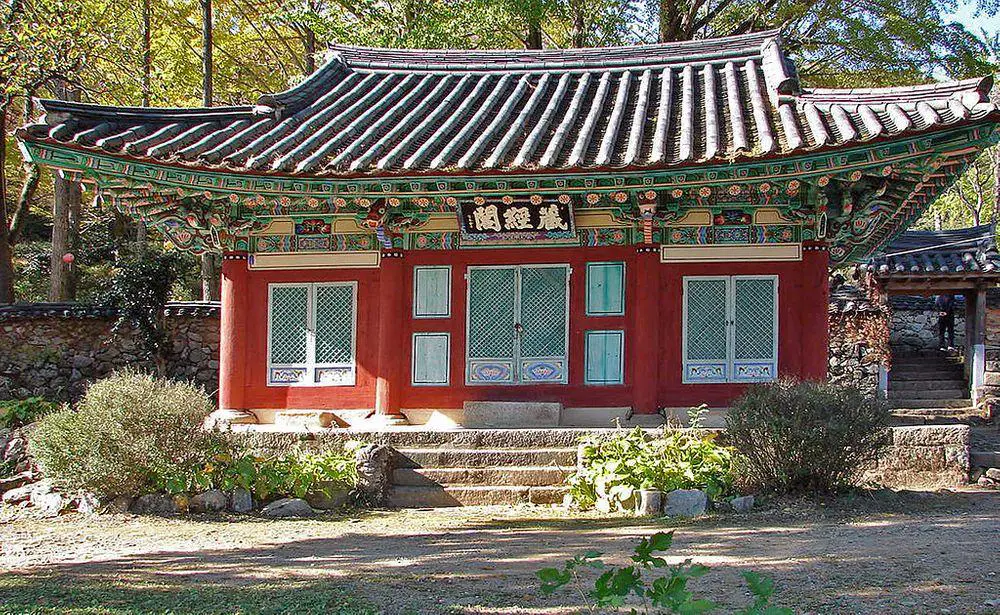
Namhansanseong
Gyeonggi
Well preserved, impressive mountain fortress that now is adorned with parks and temples. The first known fortress was built here in 672 AD. Current structures have been constructed mainly in the 17th – 18th century. Since 1954 here is a park with fine views of Seoul.
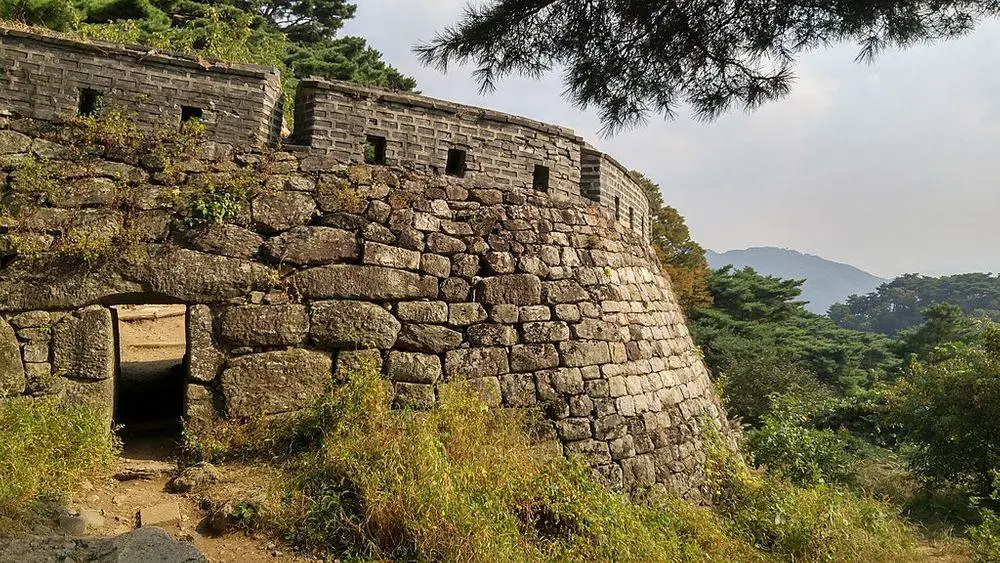
Haeinsa
South Gyeongsang
An important temple complex, it was first built in 802 AD. Since 1398 it has held an entire set of Buddhist Scriptures – the Tripitaka Koreana written on 81,258 wooden blocks.
Umbilical cord tomb of Taejo
South Chungcheong
Royal tomb where the umbilical cords of King Taejo (the early 15th century) and his son Jeongjong are buried.
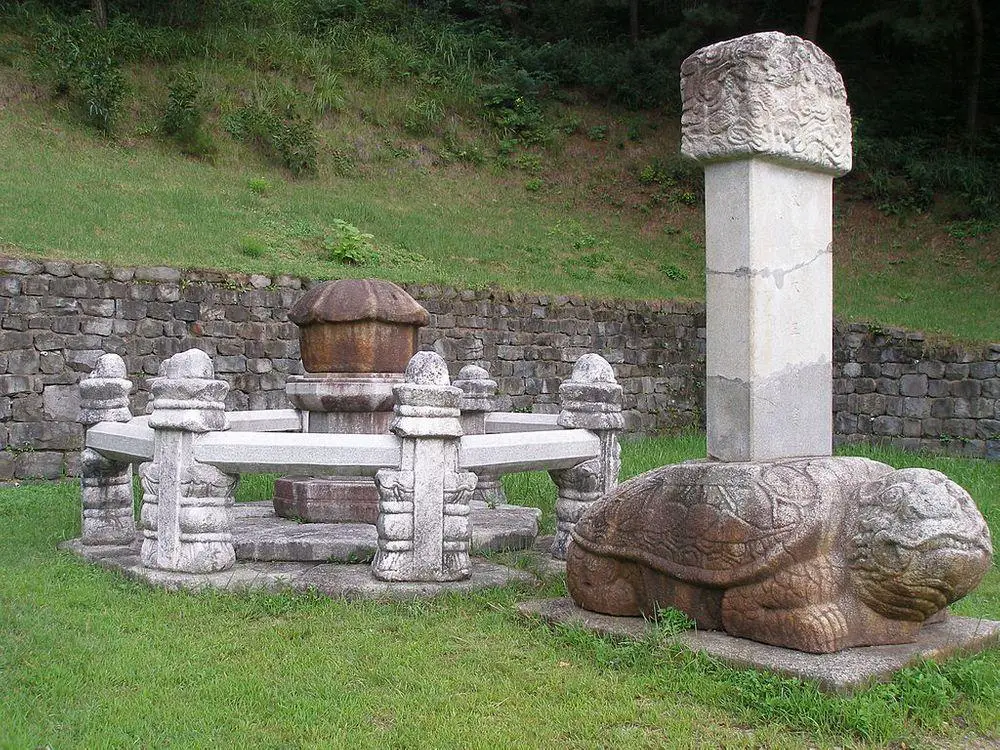
Cheomseongdae
North Gyeongsang
Ancient astronomical (astrological?) observatory, built in the 7th century AD. One of the oldest observatories in the world.
Bukchon Hanok Village
Seoul
Traditional village with original, approximately 600 years old network of streets and alleys. In the village have been preserved many hanok – traditional houses.
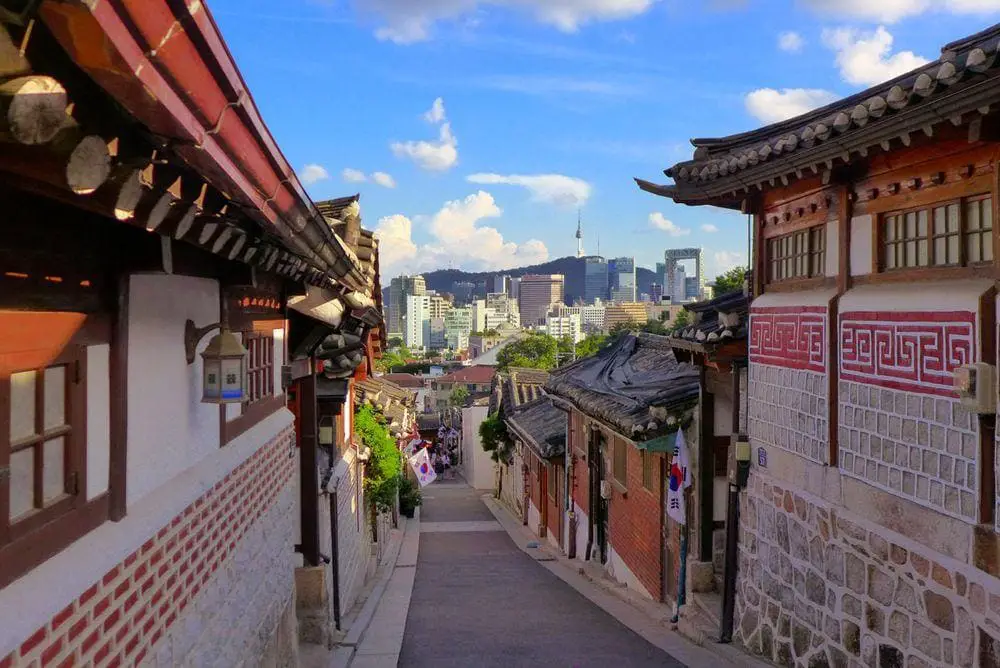
Hwaseong Fortress
Gyeonggi
The only preserved city walls in South Korea, built around the historical center of Suwon City in 1794 – 1796. Wall is 5.74 km long and 4 – 6 m tall.
Songgwangsa
South Jeolla
One of the main Buddhist temples in Korea. Initially, it was founded in 867 and later reestablished in the 1190ies. The site includes a residential building from the 15th century – one of the oldest in Korea.
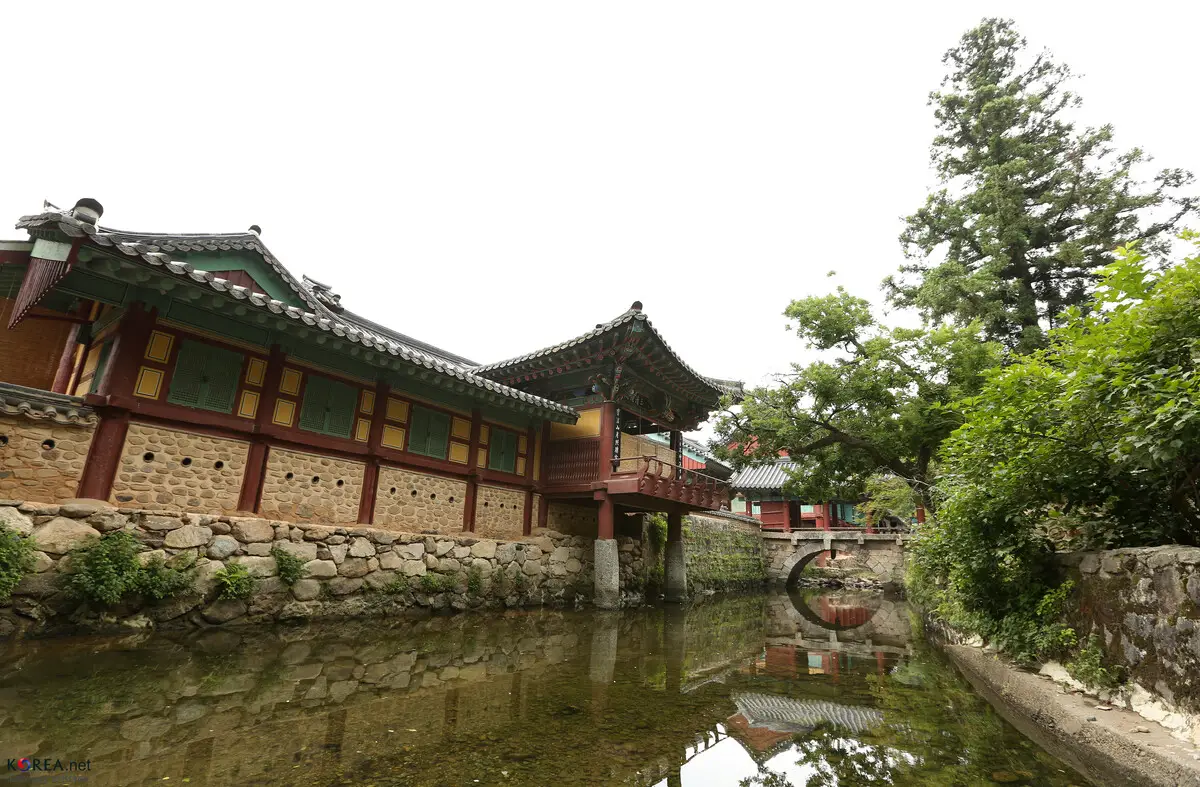
Buseoksa Temple
North Gyeongsang
This temple was founded in 676 AD. It contains valuable treasures including the second oldest wooden structure in the South Korea – Muryangsujeon – that was reconstructed in 1376.
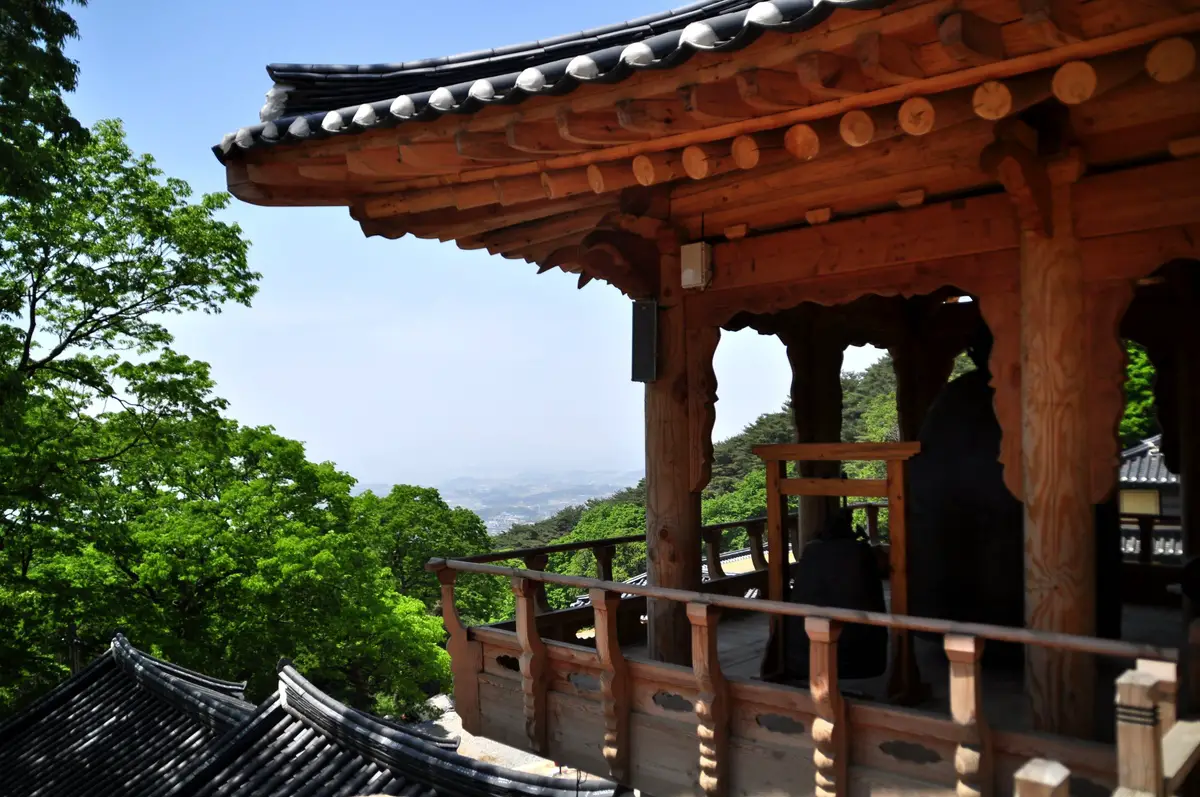
 Recommended books
Recommended books
South Korea (Insight Guides)
Insight Guide South Korea is an indispensable travel guide to a land of haunting natural beauty and rich cultural heritage, full of stunning travel photography. Be inspired by our Best of South Korea section highlighting unmissable sights and experiences and lavish Photo Features on festivals, street food, hiking and national parks, and mountain temples.
Korea – Culture Smart!: The Essential Guide to Customs & Culture
Apart from the headline-making politics, not much is known in the West about the Korean people and their ancient culture. Yet those who visit Korea, whether North or South, find a land of great interest. The Koreans, when not constrained by politics or other considerations, are friendly and sociable, and the peninsula has areas of outstanding natural beauty. The South’s cities, if not always beautiful, are vibrant and alive. The North, while very different, is complex and fascinating. The standoff between the two countries of the Korean Peninsula is a legacy of the Cold War and a potential flashpoint for future conflict.

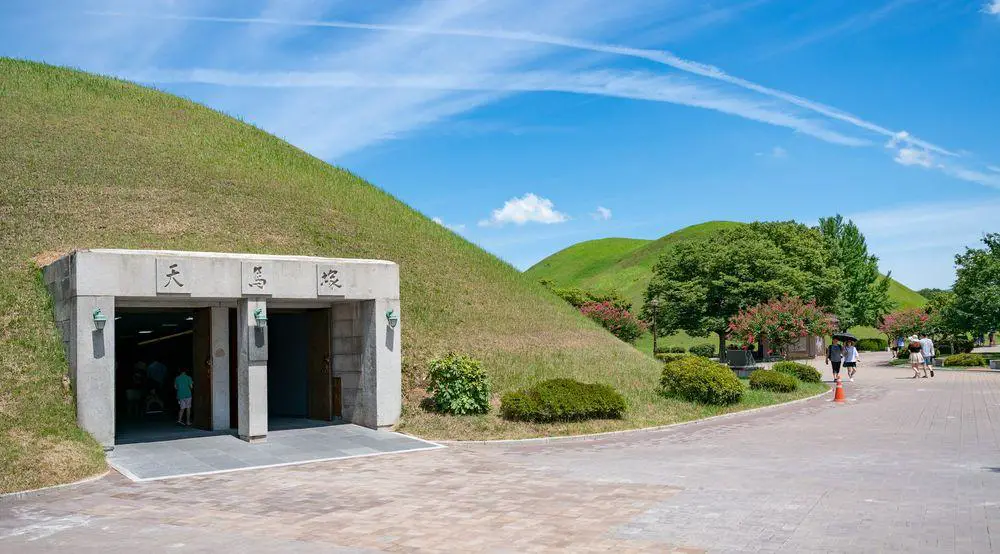

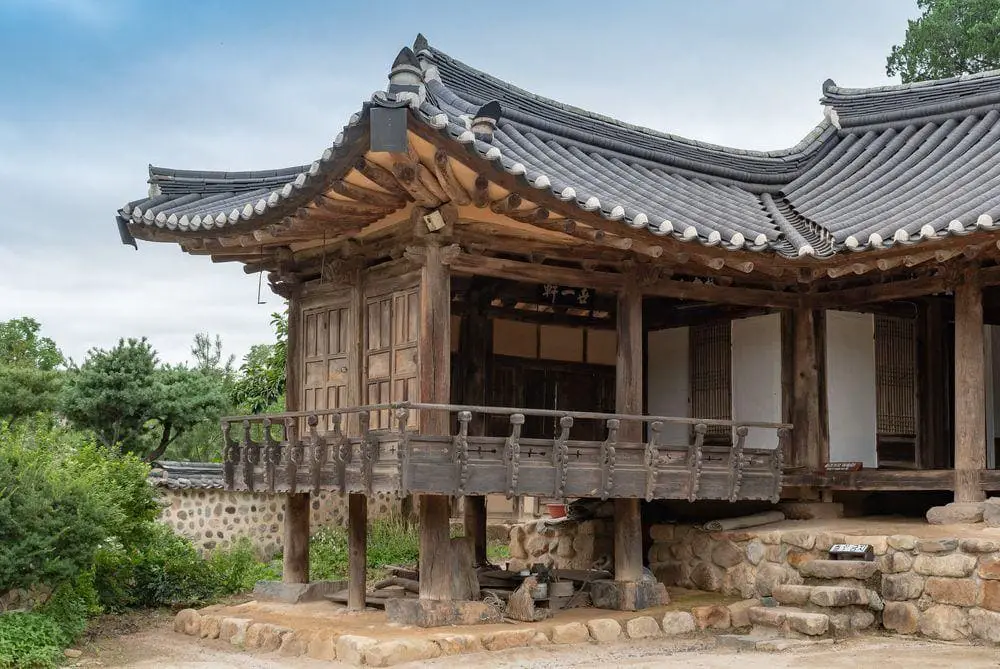
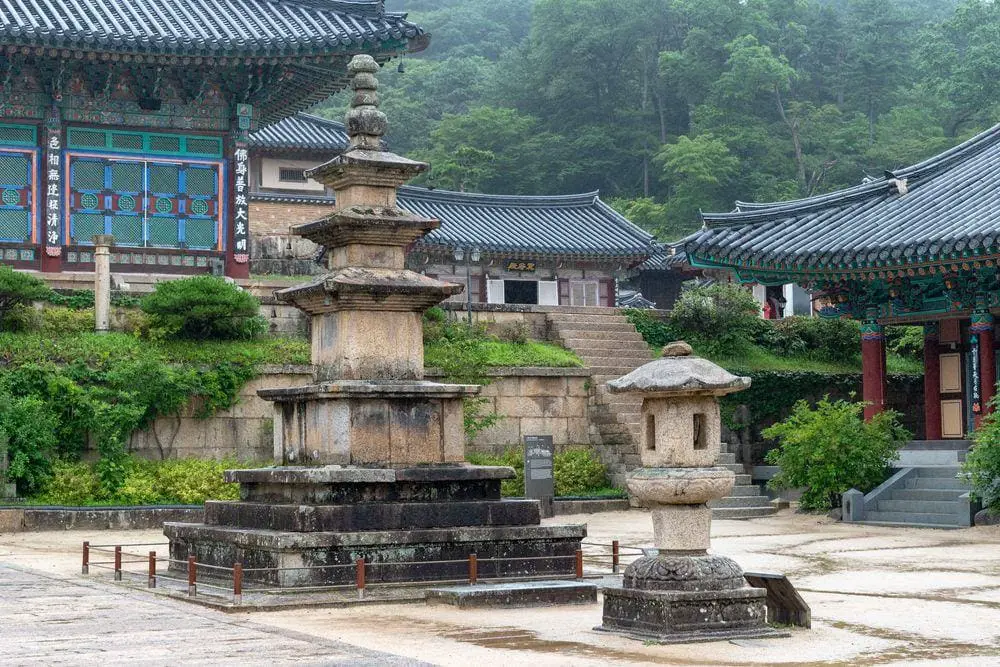
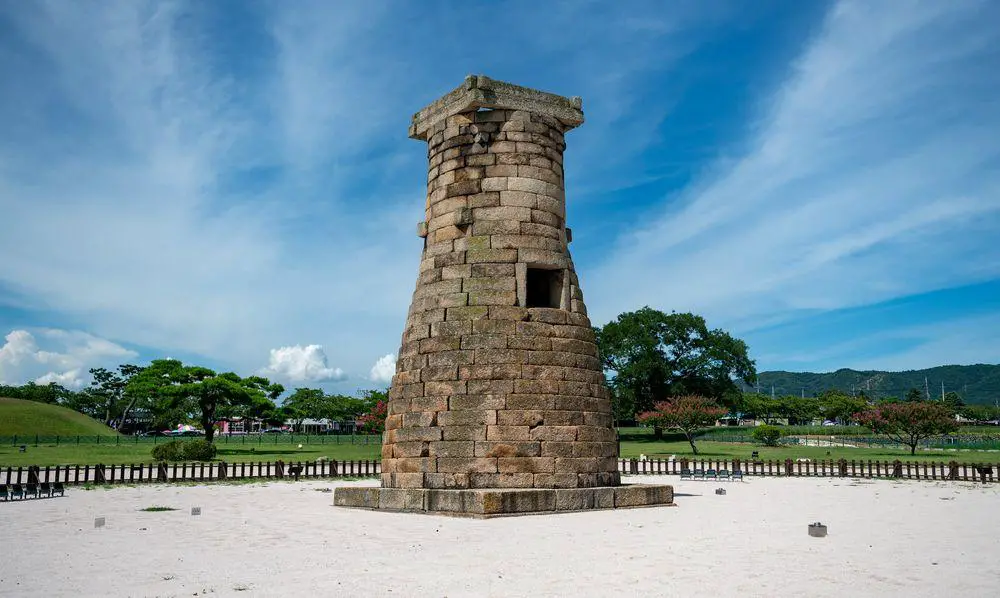


Good.
Very good